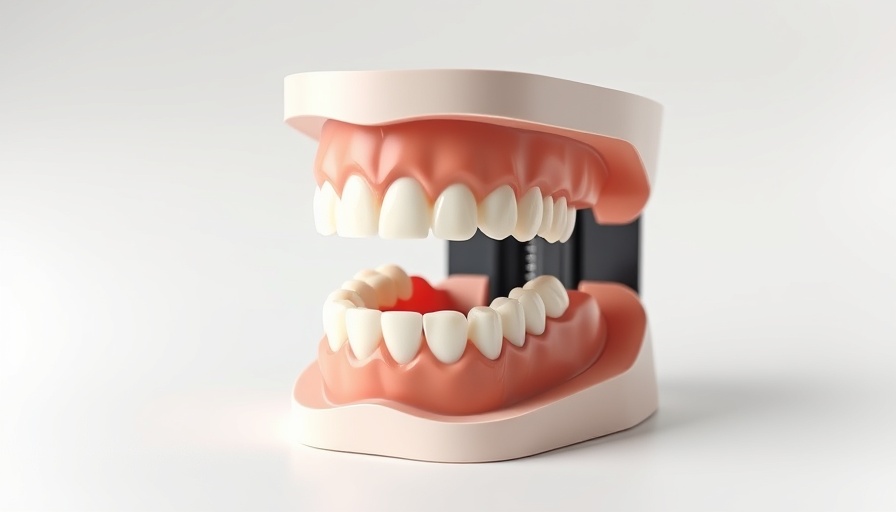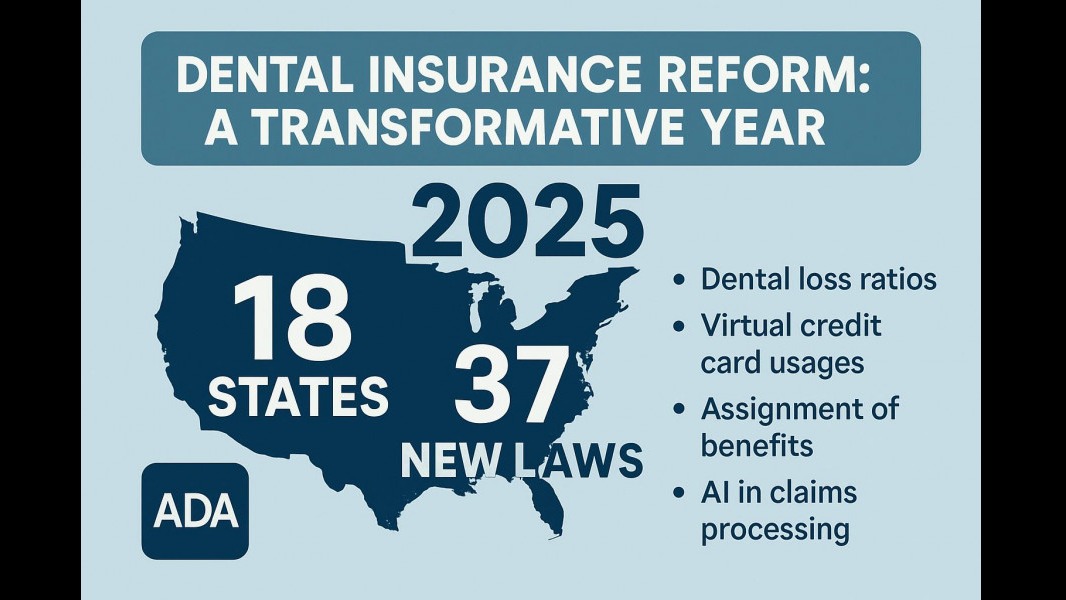
The Evolution of Edentulous Scanning: From Skepticism to Standardization
In the realm of dentistry, the concept of utilizing intraoral scanners (IOS) for edentulous scanning has often been met with both enthusiasm and skepticism. Initially viewed as an insurmountable challenge, contemporary advancements in digital scanning technology have revolutionized the perception of edentulous impressions. No longer confined to traditional muco-compressive impressions, the rise of muco-static digital scans has highlighted the capabilities of modern IOS. Brands such as 3Shape and Medit have propelled this innovation, offering systems tailored specifically for the unique challenges posed by edentulous arches.
Understanding the Challenges: What Makes Edentulous Scanning Difficult?
Despite the technological breakthroughs, clinicians face several technical hurdles when employing intraoral scanning for edentulous patients. Foremost among these are the absence of anatomical landmarks, which are pivotal during traditional scans, and the inherent movement of mobile soft tissues. These factors complicate the stitching process within the scanner's software, leading to potential inaccuracies.
In addition, managing large areas during scanning presents its own set of challenges. Effective saliva management also becomes crucial, especially for those patients experiencing excessive pooling, which can degrade scan quality. But the landscape is evolving, with more advanced scanners boasting larger fields of view and improved stitching algorithms to address these issues.
Clinical Comparisons: Digital vs. Traditional
For years, practitioners have debated which impression method yields superior accuracy. Traditional impressions, notably made with materials such as polyvinyl siloxane (PVS), have been lauded for their dimensional fidelity. However, the reality of dental practice often tells a different story—pressure from patients, uncooperative soft tissues, and saliva can significantly affect the outcomes of these analog impressions.
Conversely, digital scans offer unique advantages that can outweigh these traditional methods. As pointed out in research published in the Journal of Prosthetic Dentistry, studies have shown that digital impressions, when performed with the right technique, can yield comparable—if not superior—levels of accuracy. This finding underscores a pivotal shift in how dental professionals should consider their approach toward edentulous cases.
A New Perspective: The Secret Lies in Technique
The success of digital scanning for edentulous arches is heavily contingent upon the practitioner's scanning technique. As articulated by Dr. Ahmad Al-Hassiny, attention to soft tissue retraction is essential. Using cheek retractors and maintaining an immobile scanning field can significantly improve the reliability of the digital impression.
Moreover, the learning curve associated with these new technologies, particularly for seasoned professionals, should not deter adoption. Investing time and resources into mastering the use of intraoral scanners not only enhances case management but also enriches patient experience. Many patients report a preference for digital scanning, indicating a trend toward improved patient acceptance.
Anticipating the Future: Continuing Advancements
Looking ahead, the trajectory of dental technology points towards a deeper integration of digital workflows in every practice. The systematic review in the Journal of Clinical Dentistry highlights the evolving capabilities of IOS, emphasizing continuous improvements in soft tissue capturing and scanning precision.
Clinicians are encouraged to remain agile in their practice by embracing this digital evolution. New materials and improved scanning strategies are set to redefine the boundaries of what is possible in denture fabrication.
Making the Case for Change: Encouraging Dentists to Embrace Digital Workflows
As dental practitioners weigh the pros and cons of traditional versus digital impressions, taking the leap into digital scanning represents not just a trend but an evolution in care. The integration of these tools has never been more relevant, especially considering the increasing demands placed upon practitioners today.
For Dr. Emily Johnson and her peers, the call to action is clear: embrace digital technology. It not only facilitates faster and more precise workflows but enhances patient satisfaction. As patients increasingly seek out practices that leverage modern technology, adapting to these innovations is essential for maintaining a competitive edge.
In conclusion, while the traditional method of impressions continues to hold value, the digital future is inevitable. As intraoral scanning technology continues to evolve, so too will treatment methodologies within edentulous care. By committing to ongoing education and skill refinement, dental practitioners will be better prepared to navigate this transformative era, ultimately delivering superior care to their patients.
 Add Row
Add Row  Add
Add 




Write A Comment